Successful Development Player League (DPL) Kicks Off Second Year With Impressive Growth
Founding DPL clubs Albion SC, LA Galaxy, Legends FC, LA Galaxy SD, Eagles SC, LA Premier FC, SC Del Sol, Beach FC, Real So Cal and Pateadores are now joined by SD Surf, OC Surf and the Utah Royals for the 2018/19 Season.
Youth Socer News: When the several youth soccer clubs announced the Development Player League for Girls in April 2017, it was an interesting and innovative step in the world of youth soccer.
The idea of extending the U.S. Soccer Development Academy‘s player pool on the girls’ side by creating a new league was a powerful and disruptive force in an already crowded landscape.
Related Youth Soccer News: YOUTH SOCCER CLUBS LAUNCH GIRLS DPL
Now, a year later, the league commonly referred to as the DPL has grown more vibrant and has clearly established a new pathway somewhere between the mandates of the DA and old powerhouse reign of the ECNL. Only proving gaming in the Southern Western USA, the DPL has set its sites on expanding across the country and offering its hybrid approach to more players who want to aspire to be selected to play in the U.S. Soccer DA.
THE DPL IS DESIGNED TO EXPAND THE GIRLS DEVELOPMENT ACADEMY (DA) PLAYER POOL FOR PARTICIPATING CLUBS.
Kicking off their second year with massive momentum, the DPL now offers essentially a full year session with a fall and spring season with built-in Showcases Weekends alongside U.S. Soccer Girl’s DA league games.
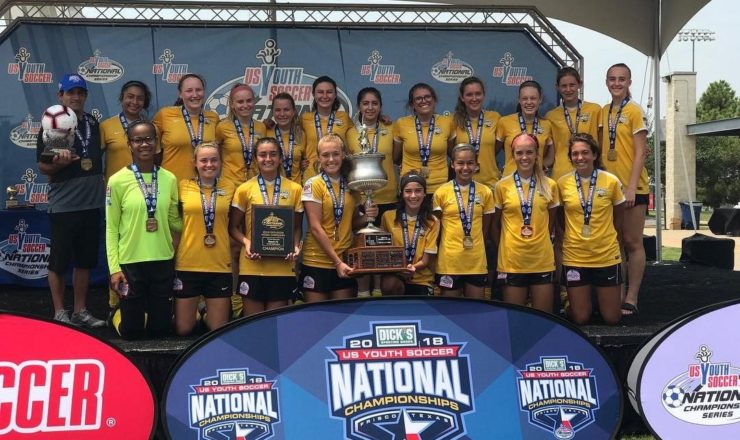
Adopting even more of the U.S. Soccer Development Academy approach to player development, the DPL provides an important option for talented players.
Recently, the girls’ high-level soccer landscape has seen a shift with teams leaving the ECNL and looking elsewhere for high-level competition. The DPL has taken advantage of the market forces and increased its level of competition in the Southern California market. Change and disruption bring opportunity — and, the DPL has proven to be a positive option for many players.
Reflecting the success of their inaugural year, the DPL has expanded its reach and is now also working on launching their own showcases soon.
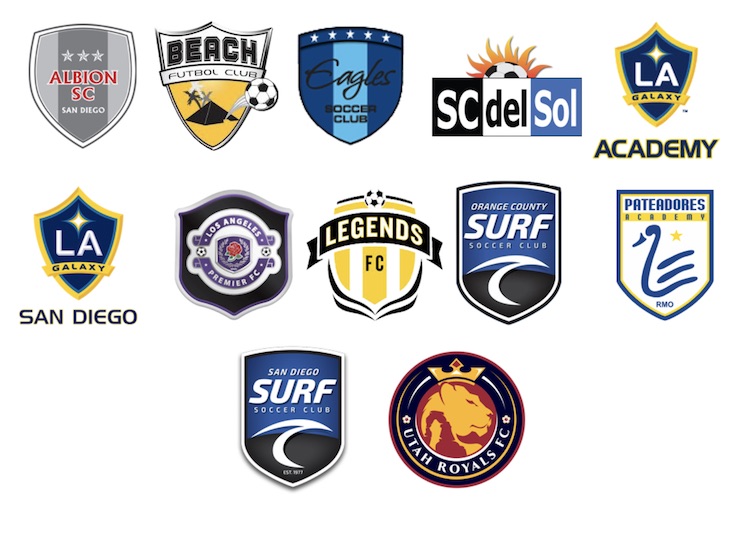 Here is SoccerToday’s Interview with the founding forces of DPL: Noah Gins – Albion SC Executive Director and Barry Ritson – LA Premier’s Executive Director.
Here is SoccerToday’s Interview with the founding forces of DPL: Noah Gins – Albion SC Executive Director and Barry Ritson – LA Premier’s Executive Director.
Diane Scavuzzo: Since launching the DPL alongside the inaugural season of U.S. Soccer’s Girls’ Development Academy (DA) in the Southwest with ten highly successful youth soccer clubs, what changes have happened?
Barry Ritson: We’ve added clubs for the upcoming 2018/19 season. The Utah Royals from Arizona have joined us and are our new DA club, expanding our reach in Arizona. Now, when our teams travel to Arizona, they will play Del Sol and Utah Royals, which is great.
We’ve also had San Diego Surf and Orange County Surf join the DPL after their time with ECNL came to an end.
Diane Scavuzzo: How many youth soccer teams will compete this year in the DPL?
Noah Gins: Thirteen teams in all, 11 in Southern California and two Arizona.
Diane Scavuzzo: How many youth soccer teams compete from each youth soccer club? How many teams is Albion SC entering in the DPL?
Noah Gins: Six. Every club has six teams competing, from the ’06s to ’00s.
Diane Scavuzzo: What do you account for the growth?
Barry Ritson: I think the attraction to the DPL is it’s alignment with the DA, in terms of our minimum standards and the approach reflecting unifying the DA philosophy.
Diane Scavuzzo: How closely do you work with the U.S. Soccer Development Academy? Your purpose, as stated on the website is providing a clear pathway for players who show the potential to make the jump to the DA level of play.
Noah Gins: The U.S. Soccer DA has allowed us to schedule games on open weekends.
In Southern California, we are going to to have essentially the DPL playing side-by-side with the Girl’s DA.
There will be Girl’s DA league games and DPL league games — all at one central location. It will be seamless and will allow clubs to invite college coaches to watch our DPL players compete.
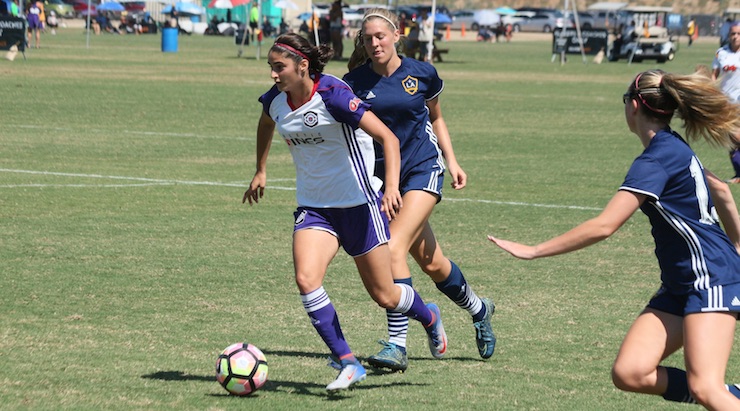
Barry Ritson: We’re bringing our two conferences to one location. The first event will be on March 9th & 10th at the Surf Cup Sports Park in Del Mar, California. We are also looking at the first weekend in June at Silverlakes.
We want to get to a point where we have standalone showcases for the DPL, that would rival the quality of anywhere else in the country — without requiring our Southern California families to fly all over the country to get exposure.
Diane Scavuzzo: While I was at the U.S. Soccer Development Academy (DA) Finals in Kansas City this summer I spoke with several U.S. Soccer Trainers and Scouts — all who agreed that the first year of the Girl’s DA raised the training standards significantly across the country. How do you believe that your organization is supporting these efforts and raising training standards?
Noah Gins: We are proud to support the U.S. Soccer Development Academy’s (DA) guidelines and help institute these higher standards. We want what is best for the game and to help develop players to reach their potential.
We really like and appreciate the DA’s one-game per weekend format.
Barry Ritson: It is also very beneficial to have the players compete in a longer season, one that is less compressed. Having the kids longer throughout the year is beneficial, and obviously we understand the no high school soccer perspective and know this is a highly contentious point.
So we’ve actually polled our kids during the post-season on the high school debate.
When it comes to a soccer decision, our players are perfectly happy to commit to the DA’s year-long season.
So I think the overall level of training and play continues to rise as more and more clubs adhere to the standards or the DA.
Noah Gins: I think it comes down to the philosophy of the youth soccer club.
On the high soccer issue, I think it’s dangerous to try and profess to know what’s best for every club in the country.
It’s coming to crossroads, where individual youth soccer clubs have to come up with their own decisions, and really seek and define, internally, what their philosophy is — and determine where they want to fit into the player development philosophy.
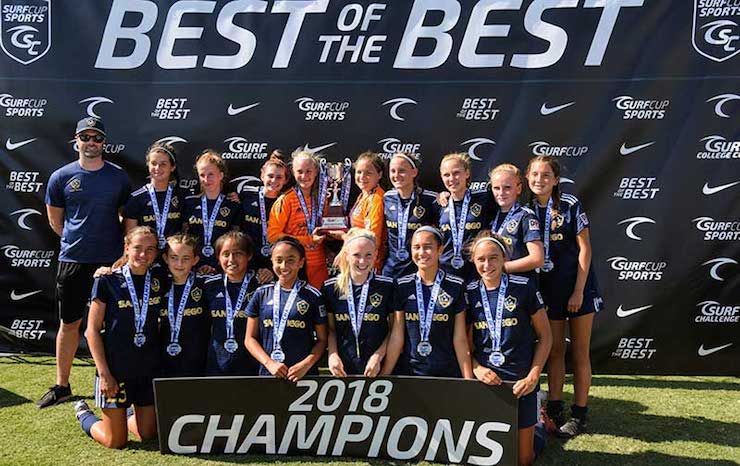
Barry Ritson: We truly believe in player development. If a youth soccer club really believes in the steps that the DA is presenting, such as the multiple training sessions a week and a longer season, then the decision is clear. That club should aspire to play in the DA.
If, after looking at your organization and polling your parents and players you believe that high school soccer should play a role in a child’s development, then you have to choose a different path than the DA.
I don’t think there’s one right way of doing it.
I just believe that the club needs to make a decision based on what their philosophies are. And, it’s perfectly okay to choose different paths.
Noah Gins: We believe the DA is the optimum environment to develop players. We believe that additional contact hours with our players is beneficial. We believe that a consistent environment throughout ten months of the season is a better developmental environment experience than the social value of playing high school.
Barry Ritson: The clubs that are involved in the DPL and the DA understand that for many players, the high school soccer program has been a fantastic experience.
In the DPL, which permits high school soccer, we let the clubs choose. A youth soccer club can offer a player two pathways.
We may have a player in our organization who is the best player in her age group. If she has a strong desire to play high school soccer, and that’s what the parents and the child have chosen, we still have an option for that player within our organization.
Basically, there are two pathways. The U.S. Soccer DA option with no high school, and a DA style environment which includes high school, which is through the DPL.
The DPL is a model which follows the U.S. Soccer DA standards, but does not mandate to our youth soccer clubs.
In the Southern California market, the majority of youth soccer clubs with a history and tradition of very strong development programs for girls — and the most competitive environments — are now in the DPL.
There’s no question that the DA/DPL combination, with these extraordinary high-level clubs participating, provides the most competitive platform in Southern California — traditionally a hotbed for elite player development.
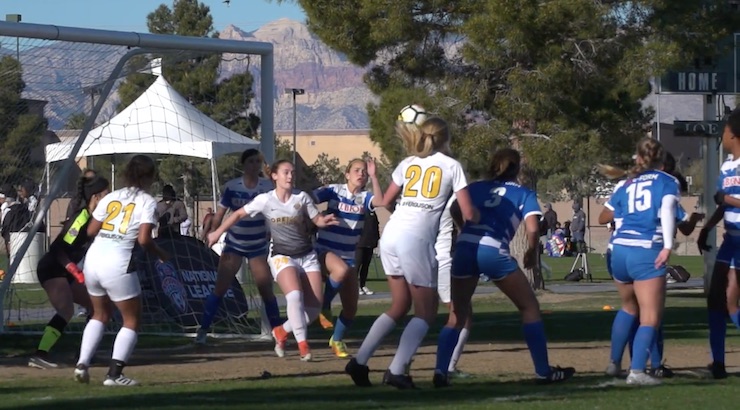
Noah Gins: The DA/DPL combination is the most player-development driven platform. We are especially proud of our 03 DPL pilot program with the DA. The pilot program is now a stand-alone DA conference age group in SoCal.
Related Youth Soccer News: GIRLS DPL TO PLAY IN U.S. SOCCER DA SHOWCASE
Diane Scavuzzo: How often do the teams practice? Do the teams follow the U.S. Soccer Development Academy (DA) guidelines for training?
Noah Gins: The specifics of the training program is left up to the individual club but it is clearly preferred that they offer sessions at least three times a week and provide integration with their DA teams but it is left up to the club to create their yearly calendar.
Barry Ritson: At our club, with the help of our Technical Advisor, we map out our full season, in terms of the content that the kids are being taught, the intensity of our training sessions as managed throughout the year.
We get guidance from the DA.
I believe it’s been a collaborative approach between our leadership, the club directors, our coaches, and the federation.
Diane Scavuzzo: What is your goal for the next twelve months?
Barry Ritson: Our goal in the next twelve months is to implement a Final Four for the first time. In the past year, we have focused on embracing our new partners. Now we are working through new competitive models which would result in more competitive games.
Diane Scavuzzo: Is the DPL looking to expand across the country?
Barry Ritson: Yes, we are looking to expand.
We aim to take the lessons learned here in SoCal and share them with other DA conferences across the country.
We are setting the example for others to follow.
We are in talks with other ambitious clubs that see the DPL as a model that can work in their own environments. Long term, we want to create a National League that can provide more players a DA-like environment, maximizing exposure to college coaches, all without carrying the high financial burden that exists with other options.






